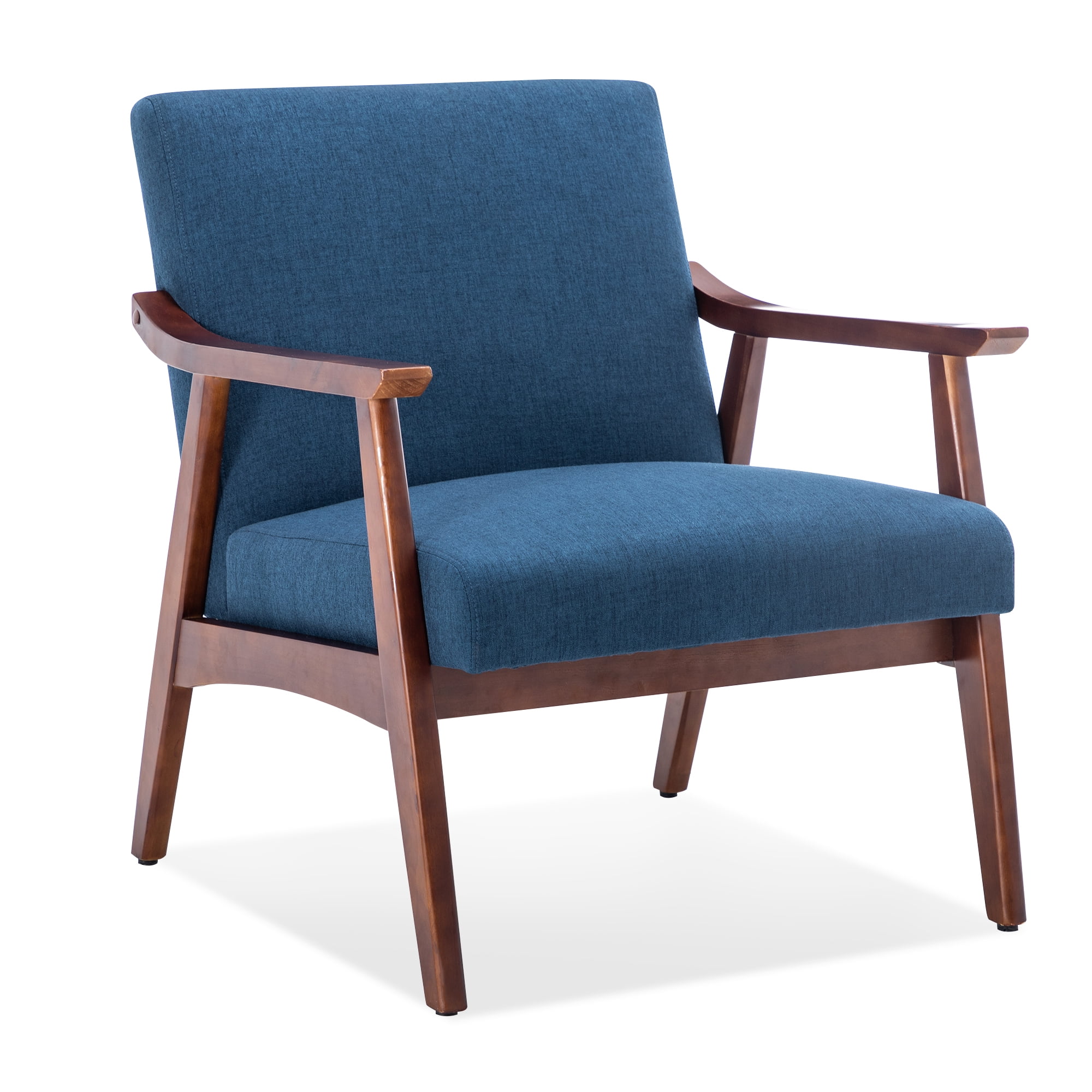Care & Maintenance: Black Mid Century Accent Chair

Proper care and maintenance are crucial for preserving the beauty and longevity of your black mid-century accent chair. Regular cleaning and attention to potential wear and tear will ensure your chair remains a stylish and comfortable centerpiece for years to come. This section details the best practices for cleaning different upholstery types and addressing common issues.
Cleaning and Maintaining Different Upholstery Materials
The cleaning method for your mid-century accent chair depends heavily on the upholstery material. Different fabrics require different approaches to avoid damage.
- Leather: Leather upholstery requires a gentle touch. Regularly dust your chair with a soft cloth or brush. For cleaning, use a leather cleaner specifically designed for the type of leather (e.g., aniline, semi-aniline, top-grain). Apply the cleaner sparingly and follow the manufacturer’s instructions. Condition the leather periodically with a leather conditioner to keep it supple and prevent cracking. Avoid excessive moisture and direct sunlight.
- Velvet: Velvet upholstery is luxurious but delicate. Regular vacuuming with a soft brush attachment is recommended to remove dust and loose debris. For spot cleaning, use a soft, damp cloth and gently blot (do not rub) any spills. Avoid harsh chemicals or abrasive cleaners. Professional cleaning is recommended for deep cleaning.
- Fabric: Fabric upholstery varies widely in its composition and cleaning requirements. Always check the manufacturer’s care label for specific instructions. Generally, spot cleaning with a mild detergent and water solution is suitable for many fabrics. Again, blot rather than rub, and allow the fabric to air dry completely. For heavier soiling, professional upholstery cleaning is advised.
Common Wear and Tear and Preventative Measures, Black mid century accent chair
Black mid-century accent chairs, especially those with wooden frames, are susceptible to specific wear and tear issues. Understanding these potential problems allows for proactive measures to extend the chair’s lifespan.
- Fabric Wear: High-traffic areas on the chair’s seat and back may show signs of wear faster. Using protective throws or cushions can minimize direct contact and extend the fabric’s life. Regular cleaning and avoiding harsh chemicals also help prevent premature wear.
- Wood Frame Damage: Scratches and dents on wooden frames are common. Protecting the chair’s frame with coasters and avoiding dragging heavy objects across it can prevent damage. Regular dusting and polishing will help maintain the wood’s finish.
- Metal Frame Damage: Metal frames can corrode or become scratched. Regularly wipe down the metal with a damp cloth to remove dust and prevent corrosion. Touch-up paint can address minor scratches.
- Upholstery Fading: Exposure to direct sunlight can cause fading, particularly on darker fabrics. Keep the chair out of direct sunlight to maintain its rich black color.
Repairing Minor Scratches or Damage to the Frame
Minor scratches or damage to the chair’s frame can often be repaired at home.
- Wood Frame Repairs: For minor scratches on a wooden frame, use a wood filler that matches the wood’s color. Apply the filler to the scratch, let it dry completely, and then sand it smooth. Apply a matching wood stain and finish to blend the repair with the surrounding wood. Imagine filling a small groove with a putty-like substance, then smoothing it down until it’s level with the surface. Finally, applying a thin coat of color to match the existing wood finish.
- Metal Frame Repairs: Minor scratches on a metal frame can be touched up with metal paint. Clean the scratched area thoroughly, apply a thin coat of paint, and allow it to dry completely. Visualize applying a thin layer of paint over a scratch, similar to painting a small line on a metal surface.
